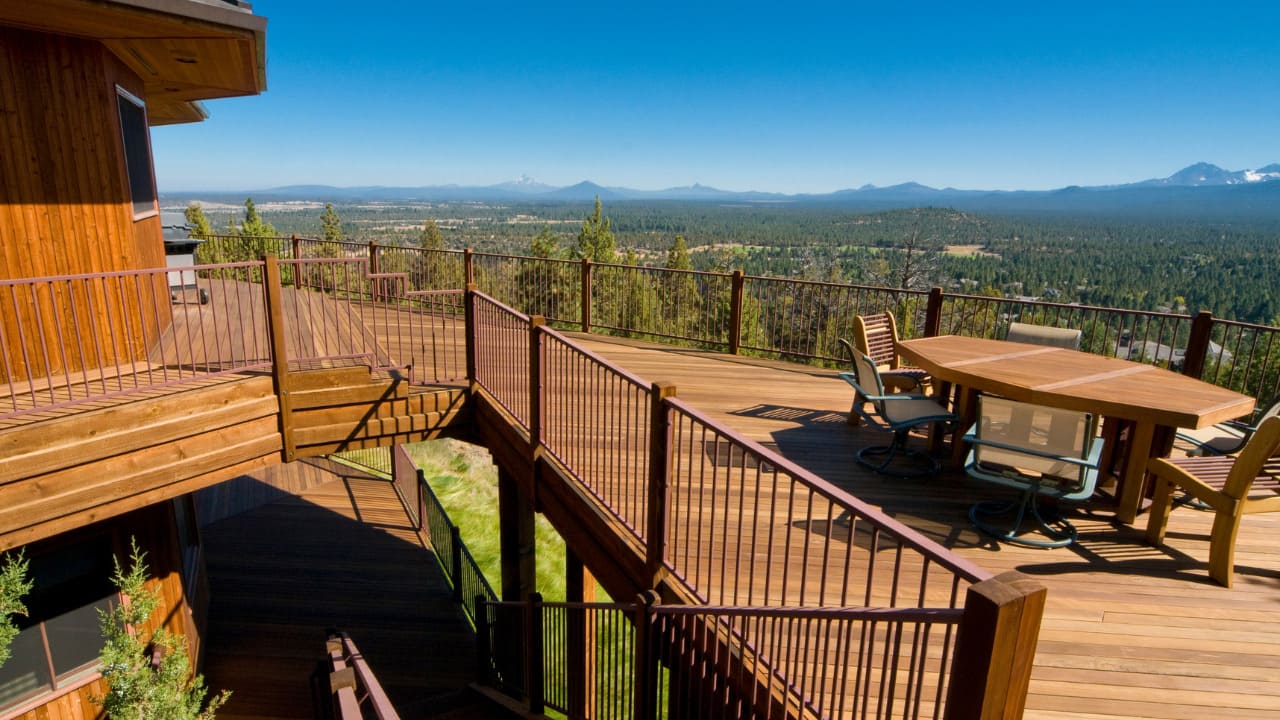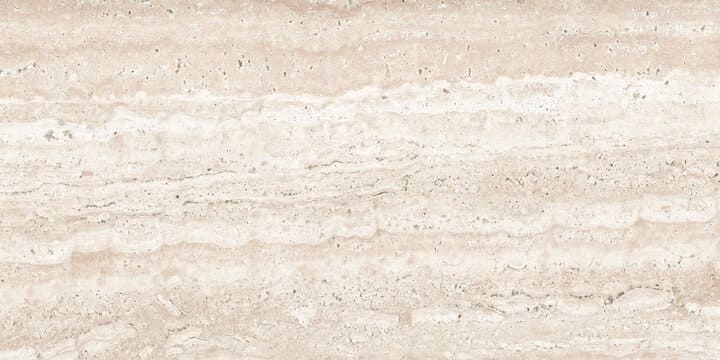Introduction
Welcome to our comprehensive guide on 90 degree corner stair stringers, the backbone of any well-designed staircase. Stair stringers play a crucial role in providing structural support and ensuring the stability and safety of a staircase. In this guide, we delve into the intricacies of 90-degree corner stair stringers, offering invaluable insights for builders, architects, and enthusiasts looking to elevate their staircase game.
Understanding the Importance of 90 Degree Corner Stair Stringers
What are 90 Degree Corner Stair Stringers?
Before we dive into the nitty-gritty details, let’s establish a clear understanding of what 90-degree corner stair stringers are. Stair stringers are the structural elements that support the treads and risers of a staircase, transferring the load to the structure beneath. When it comes to 90-degree corners, precision and craftsmanship are paramount.
Design Considerations for 90 Degree Corner Stair Stringers
Material Selection
Choosing the right material for your stair stringers is crucial for both aesthetics and durability. Opting for high-quality, weather-resistant materials ensures longevity and minimal maintenance. Common materials include pressure-treated wood for traditional charm, or steel for a modern and sleek appearance.
Precision in Measurements
Achieving the perfect 90-degree angle requires meticulous measurements. Utilizing advanced tools like a speed square or a digital angle finder guarantees precision, minimizing errors and ensuring a seamless fit. Accurate measurements are the foundation of a well-constructed staircase.
Installation Process
Step-by-Step Guide to Installing 90 Degree Corner Stair Stringers
- Prepare Your Workspace: Clear the area where the staircase will be installed, ensuring a clutter-free and safe environment.
- Mark Your Measurements: Using the previously calculated measurements, mark the points for your stair stringers, paying close attention to the 90-degree angles.
- Cut with Precision: Whether you’re working with wood or steel, cutting your stringers with precision is non-negotiable. Invest time in ensuring each cut aligns perfectly with your measurements.
- Secure Your Stringers: Once cut, securely attach the stringers to the framing, ensuring a tight fit. This step sets the stage for the rest of the staircase components.
- Attach Treads and Risers: With your stringers securely in place, proceed to attach the treads and risers, completing the construction of your staircase.
Advantages of 90 Degree Corner Stair Stringers
Aesthetics and Space Optimization
The 90-degree corner design not only enhances the visual appeal of your staircase but also optimizes space. This configuration allows for creative design possibilities, making it an ideal choice for both residential and commercial spaces where space utilization is paramount.
Enhanced Stability
The precision required in crafting 90-degree corner stair stringers directly translates to enhanced stability. A well-constructed staircase with properly installed stringers ensures a safe and reliable structure for users.
Maintaining Your 90 Degree Corner Stair Stringers
Regular Inspections
To ensure the longevity of your staircase, conduct regular inspections. Check for signs of wear, potential damage, or any structural issues. Addressing minor concerns promptly can prevent major problems down the line.
Cleaning and Maintenance
Depending on the chosen material, follow the recommended cleaning and maintenance practices. This not only preserves the aesthetic appeal but also contributes to the overall durability of the stair stringers.
Conclusion
In conclusion, mastering the art of 90-degree corner stair stringers is an essential skill for anyone involved in staircase construction. From precise measurements to the selection of high-quality materials, every step contributes to the success of the project. By following our comprehensive guide, you can confidently create staircases that not only meet but exceed industry standards.





